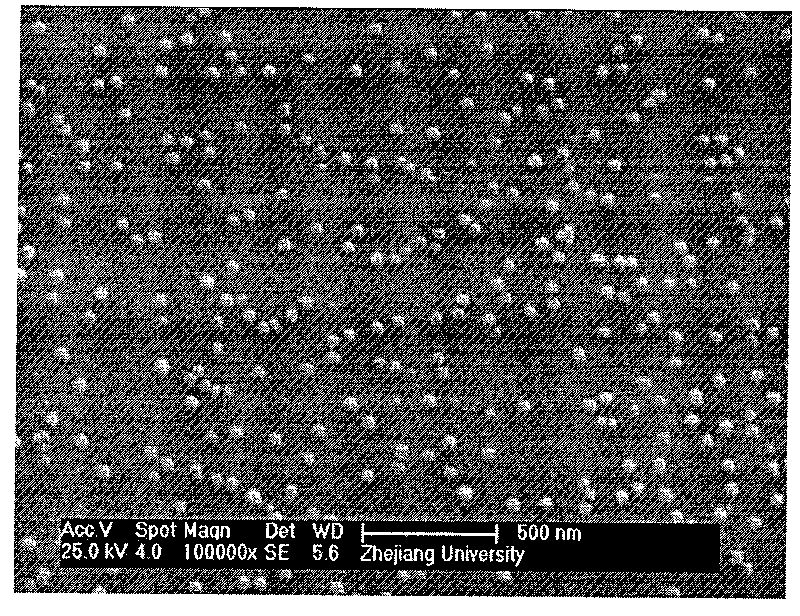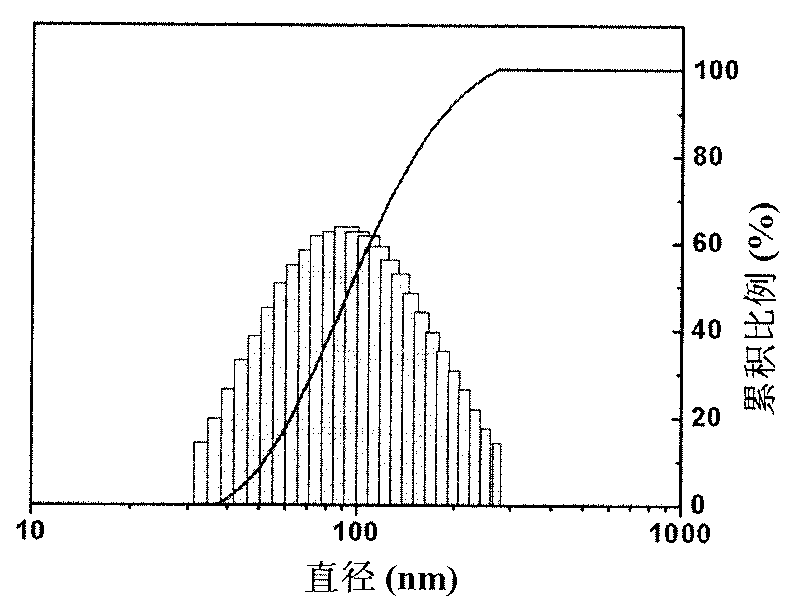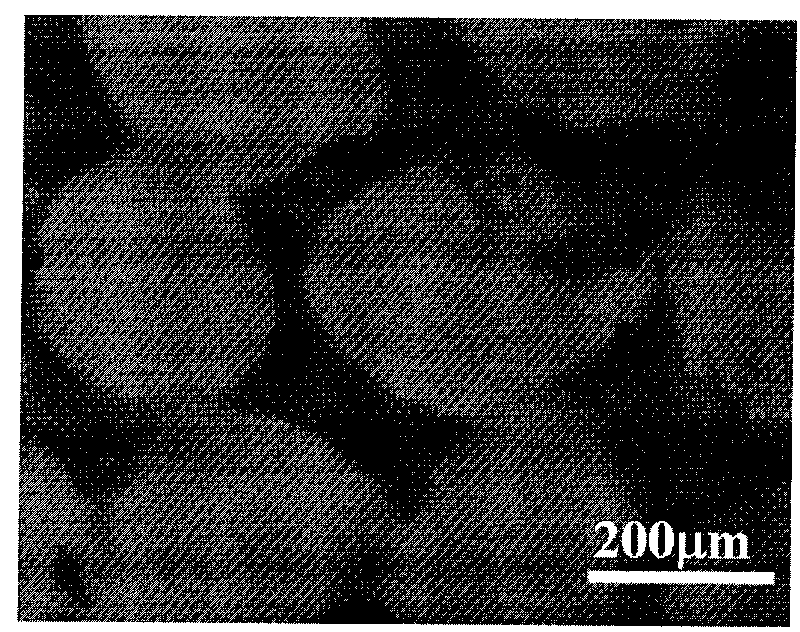Preparation method of trinary composite stent of plasmid DNA / fibrin gel / polymer
A fibrin gel and ternary composite technology is applied in the field of preparation of plasmid DNA/fibrin gel/polymer ternary composite scaffolds, which can solve the problems of expensive growth factors, adverse reactions of hosts, easy inactivation, etc. Achieve the effect of repairing application value, strong application value and promoting growth
- Summary
- Abstract
- Description
- Claims
- Application Information
AI Technical Summary
Problems solved by technology
Method used
Image
Examples
example 1
[0030] 1) Dissolve quaternized chitosan in pH 7.4 phosphate buffer, prepare a 1 mg / ml solution, and filter and sterilize through a 0.22 μm filter membrane; prepare a 500 μg / mL plasmid DNA capable of expressing BMP Aqueous solution; Plasmid DNA and quaternized chitosan solution were mixed in equal volumes, vigorously oscillated and mixed evenly, and left to stand to prepare plasmid DNA composite particles; the morphology and particle size distribution of plasmid DNA composite particles were respectively as follows figure 1 with figure 2 .
[0031] 2) Dissolve fibrinogen powder in normal saline to prepare a fibrinogen solution with a concentration of 40mg / mL; dissolve thrombin in 40mM calcium chloride solution to prepare a thrombin chloride solution with a concentration of 10U / mL calcium solution;
[0032] 3) Immerse the polylactic acid porous scaffold into ethanol, adopt the method of vacuumizing first, and then restore the pressure, and introduce ethanol into the polylactic...
example 2
[0035] 1) Dissolve quaternized chitosan in pH 7.4 phosphate buffer, prepare a 2.5 mg / mL solution, filter and sterilize through a 0.22 μm filter membrane; prepare 1000 μg of plasmid DNA capable of expressing TGF-β1 / mL aqueous solution; the plasmid DNA and the quaternized chitosan solution were mixed in equal proportions, vigorously oscillated and mixed evenly, left to stand, and the plasmid DNA composite particles were prepared;
[0036] 2) Dissolve fibrinogen powder in normal saline to prepare a fibrinogen solution with a concentration of 80mg / mL; dissolve thrombin in 40mM calcium chloride solution to prepare a thrombin chloride solution with a concentration of 20U / mL calcium solution;
[0037] 3) Immerse the poly(lactic-co-glycolic acid) porous scaffold into ethanol, and introduce the ethanol into the poly(lactic-co-glycolic acid) porous scaffold by first vacuuming and then restoring the pressure until the scaffold is completely immersed in the ethanol middle; immerse the s...
example 3
[0041] 1) Dissolve quaternized chitosan in pH 7.4 phosphate buffer, prepare a 10 mg / mL solution, filter and sterilize through a 0.22 μm filter membrane; prepare a 100 μg / mL plasmid DNA capable of expressing IGF-1 mL of aqueous solution; the plasmid DNA and the quaternized chitosan solution were mixed in equal proportions, vigorously oscillated and mixed evenly, and left to stand to prepare plasmid DNA composite particles;
[0042] 2) Dissolve fibrinogen powder in normal saline to prepare a fibrinogen solution with a concentration of 10mg / mL; dissolve thrombin in 40mM calcium chloride solution to prepare a thrombin chloride solution with a concentration of 15U / mL calcium solution;
[0043] 3) Immerse the polyurethane porous stent in ethanol, and introduce the ethanol into the polyurethane porous stent by first vacuuming and then restoring the pressure until the stent is completely immersed in ethanol; immerse the ethanol-introduced stent in triple distilled water , using the m...
PUM
 Login to View More
Login to View More Abstract
Description
Claims
Application Information
 Login to View More
Login to View More - R&D
- Intellectual Property
- Life Sciences
- Materials
- Tech Scout
- Unparalleled Data Quality
- Higher Quality Content
- 60% Fewer Hallucinations
Browse by: Latest US Patents, China's latest patents, Technical Efficacy Thesaurus, Application Domain, Technology Topic, Popular Technical Reports.
© 2025 PatSnap. All rights reserved.Legal|Privacy policy|Modern Slavery Act Transparency Statement|Sitemap|About US| Contact US: help@patsnap.com



